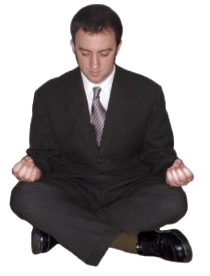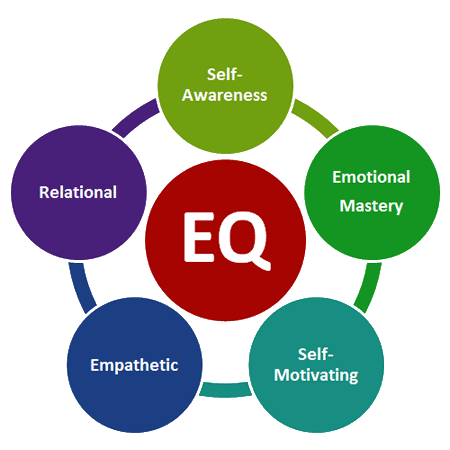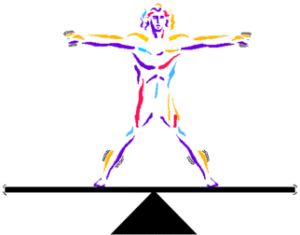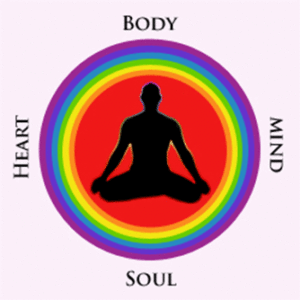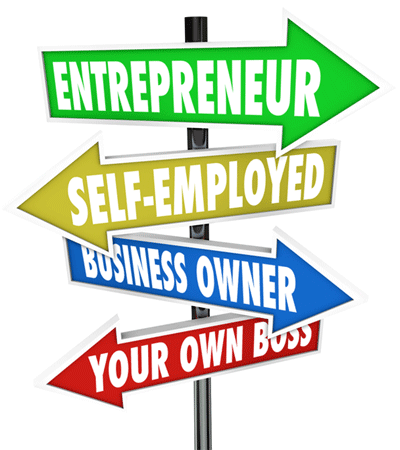 A few years ago, Pew Research conducted a study to determine the size of America’s self-employed workforce. They found that 10% of the active workforce – or 14.6 million people – were self-employed. As these individuals employed another 29.4 million people, they accounted for roughly 30% of the workforce.
A few years ago, Pew Research conducted a study to determine the size of America’s self-employed workforce. They found that 10% of the active workforce – or 14.6 million people – were self-employed. As these individuals employed another 29.4 million people, they accounted for roughly 30% of the workforce.
I’ve counted myself among their ranks for over a quarter century. I never set out to be self-employed. It just turned out that an active consulting practice afforded me some freedom alongside the opportunity to do interesting work with bright people. That freedom comes at a cost:
- Work has never just fallen into my lap. I’ve always had to work at getting work.
- I’ve had to wear a lot of hats to keep the business going above and beyond doing the actual work – e.g., business development (a.k.a. marketing and sales), client relations, billing, collections, accounting, and general administration.
- I’ve needed to price my services to account for all of those roles as well as holidays, vacation, sick time, personal days, and saving for retirement.
- I’ve had to purchase individual health insurance… which isn’t cheap!
- I’ve had to learn to manage my time effectively from my home office to make sure household responsibilities do not spill too much into business and vice versa.
- I’ve needed to learn how to cultivate community as part and parcel of my sole proprietorship to keep the extrovert within me satisfied.
Despite the challenges, I’d still opt for working for myself if I had it to do all over again. And as I plan for the next chapter of my life, I’m still thinking about ways in which I can work for myself.
I just finished reading Chris Guillebeau’s book Side Hustle: From Idea to Income in 27 Days. It proceeds from the assumption that folks would like to make a little money on the side while they continue to work their day jobs. These ventures might exercise their creativity while adding a little cash to the household’s bottom line. They might be used to diversify income sources. And they might be the initial stepping stone to going “all in” as an entrepreneur.
Chris does a great job of breaking down the entrepreneurial process into discrete steps that pretty much anyone can follow. His 27-day process covers:
- Building an arsenal of ideas
- Selecting your best idea
- Preparing for lift off
- Launching your idea to the right people
- Tracking progress and determining next steps
Even with my MBA and decades of business experience, I found some pointers in Chris’ book that I’ll put to use as I contemplate my next venture.
Another great resource if you’re considering this path is Jonathan Field’s Career Renegade: How To Make a Great Living Doing What You Love. Jonathan is the Founder of the Good Life Project and hosts a lively podcast by the same name. He endeavors to help his readers find work that makes them come alive while also paying the bills. He provides all kinds of suggestions for finding underserved markets in which one might establish a toehold and build a successful business. The book also comes with a gaggle of concrete suggestions and resources that help readers go from wishful thinking to reality.



